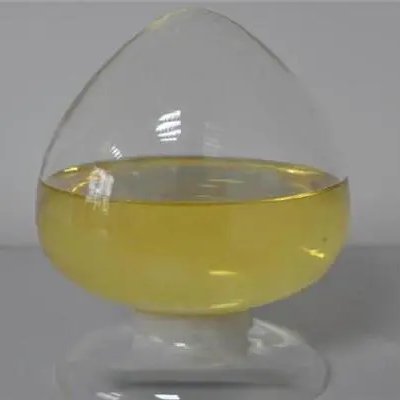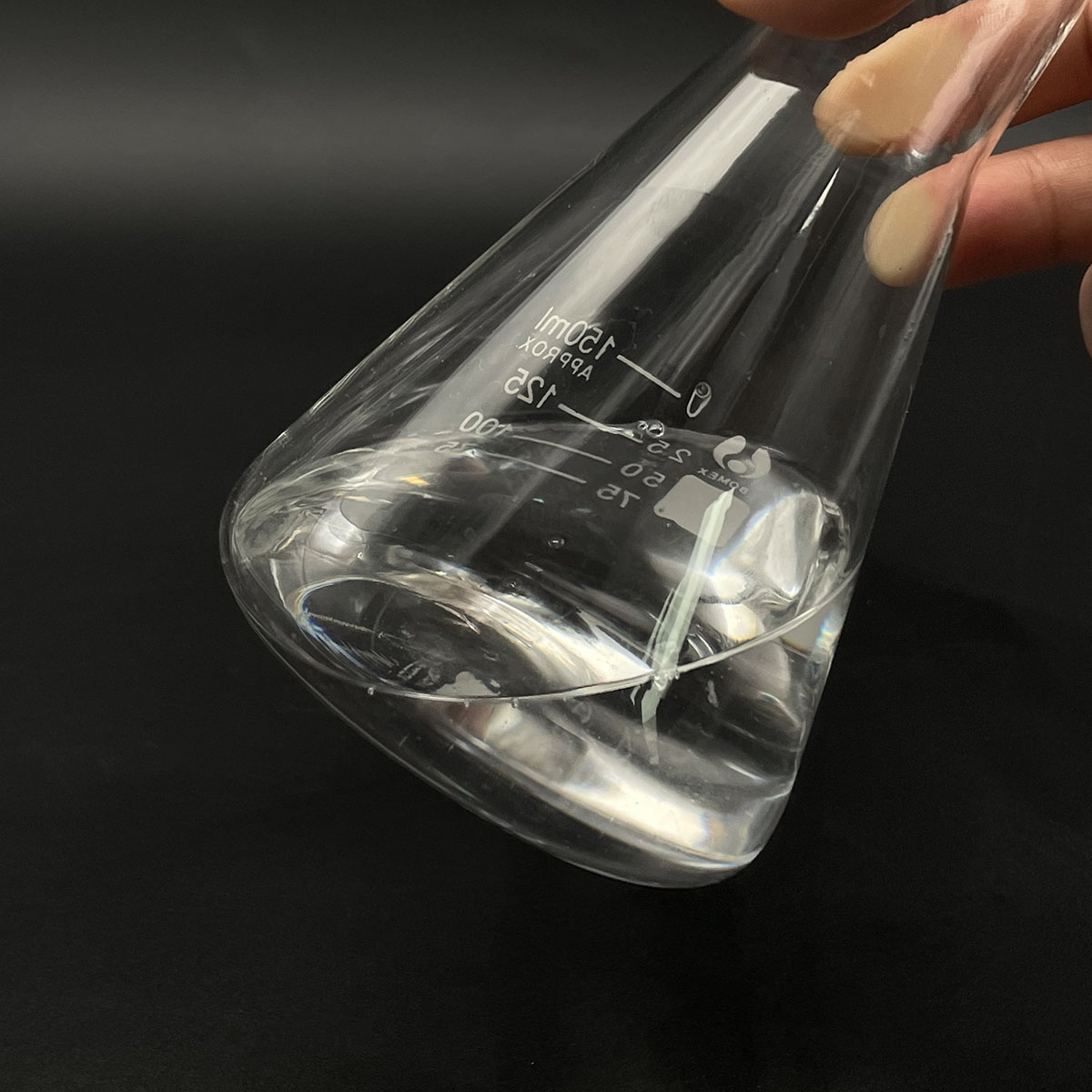**Cleaning Powerhouses: Meet Caustic & Surfactant Detergents**
(What Are Examples Of Caustic And Surfactant Detergants)
We all rely on detergents to keep things clean. But not all dirt is the same. Some cleaners are tough on grease. Others excel at lifting stains from fabric. Understanding the main types helps pick the right warrior for the grime battle. Two heavy hitters are caustic detergents and surfactant detergents. Let’s explore these cleaning champions.
**1. What Are Caustic and Surfactant Detergents?**
First, detergents are cleaning agents. They remove dirt and grease from surfaces. They are different from simple soap. Detergents work in hard water. They tackle tougher jobs.
Caustic detergents are the muscle. They contain strong alkalis. Sodium hydroxide (lye) is a common one. These detergents are highly alkaline. They react with grease and fats. This reaction turns grease into soap. It dissolves organic matter easily. Think oven cleaners or heavy-duty degreasers. They feel slippery. They can burn skin. Safety gear is essential.
Surfactant detergents are the clever strategists. “Surfactant” means surface-active agent. They have a special structure. One end loves water (hydrophilic). The other end loves oil and grease (hydrophobic). When added to water, they surround dirt particles. The hydrophobic tails grab the grease. The hydrophilic heads face the water. This forms tiny packages called micelles. Water can then rinse the dirt away. Laundry detergents and dish soaps are mostly surfactants. They create foam and help water wet surfaces better.
**2. Why Use Caustic or Surfactant Detergents?**
Each type solves specific cleaning problems. Their chemistry dictates their best uses.
Use caustic detergents for tough, organic gunk. They excel at dissolving fats, oils, and proteins. This makes them perfect for industrial kitchens. They clean ovens, grills, and fryers. They unclog drains choked with grease. Factories use them to clean machinery coated in heavy oil. They are powerful disinfectants too. The high pH kills many bacteria and viruses. They are cost-effective for large-scale, heavy-duty jobs. But their strength demands respect. They damage skin, eyes, and some materials like aluminum.
Use surfactant detergents for everyday dirt and stains. They lift oil and grime from fabrics, dishes, and surfaces. They work well at lower temperatures. They are generally safer for skin and common materials. Surfactants make water “wetter.” This helps it penetrate fabrics and lift soil. They create foam. Foam helps trap dirt particles. Different surfactants tackle different jobs. Some are great emulsifiers. Others create lots of suds. They are versatile. You find them in most household cleaners.
**3. How Do Caustic and Surfactant Detergents Work?**
Their cleaning power comes from different chemical actions.
Caustic detergents work through saponification. This is a chemical reaction. The strong alkali (like sodium hydroxide) reacts with fats or oils. It breaks them down chemically. It converts them into soap and glycerol. This dissolved soap is then easily rinsed away. The high pH also helps break down proteins. It disrupts cell membranes of microbes. This kills them. It’s a powerful chemical breakdown process.
Surfactant detergents work through physical action. They reduce water’s surface tension. This allows water to spread out and wet surfaces better. Their dual-nature molecules act like tiny bridges. The hydrophobic tails embed themselves in grease or oil droplets. The hydrophilic heads remain in the surrounding water. This encapsulation forms micelles. The grease is trapped inside. The micelles are stable in water. They get suspended. Rinsing then carries the micelles, and the dirt, away. Mechanical action like scrubbing helps this process.
**4. Applications: Where Caustic and Surfactant Detergents Shine**
Their unique strengths make them suited for very different tasks.
Caustic Detergent Applications:
* **Industrial Cleaning:** Degreasing engines, machinery parts, storage tanks in factories. Cleaning floors in slaughterhouses or food processing plants.
* **Commercial Kitchens:** Heavy-duty oven cleaners, grill cleaners, fryer boil-out cleaners. Drain openers for grease blockages.
* **Food Processing:** Cleaning equipment like vats, pipes, and conveyors covered in organic residues.
* **Water Treatment:** Adjusting pH levels.
* **Soap Making:** As the key alkali (sodium hydroxide) in saponification.
Surfactant Detergent Applications:
* **Laundry Care:** Powder, liquid, and pod detergents for clothes. Stain removers and pre-treatments.
* **Dishwashing:** Hand dish liquids and automatic dishwasher detergents (though these often contain enzymes too).
* **Personal Care:** Shampoos, body washes, hand soaps (synthetic detergents).
* **Household Cleaning:** All-purpose cleaners, floor cleaners, bathroom cleaners, glass cleaners.
* **Car Washes:** Both manual car shampoos and automated car wash solutions.
* **Textile Industry:** Scouring raw fibers and fabrics.
* **Agriculture:** Used in pesticide and herbicide formulations to help them spread on leaves.
**5. FAQs on Caustic and Surfactant Detergents**
**Q1: Are caustic cleaners safe for home use?**
Extreme caution is needed. Common household caustics include heavy-duty oven cleaners and drain openers. Always wear gloves and eye protection. Use in well-ventilated areas. Never mix them with other cleaners, especially acids. This creates toxic gases. Keep them away from children and pets. Follow label instructions exactly.
**Q2: Why do some detergents make lots of suds, others don’t?**
Suds are mostly caused by surfactants. Foam helps trap dirt visually. But lots of suds aren’t always necessary for cleaning. Dishwasher detergents and high-efficiency (HE) laundry detergents use low-sudsing surfactants. Too much foam can damage appliances. Suds level depends on the specific surfactants used.
**Q3: Can surfactants harm the environment?**
Some older surfactants caused problems. They didn’t break down easily. This led to excessive foaming in rivers. Today, most surfactants are designed to be biodegradable. They break down in wastewater treatment plants and the environment. Look for products labeled biodegradable. Proper disposal helps.
**Q4: What’s the difference between detergent and soap?**
Soap is made from natural fats/oils and alkali. It works poorly in hard water. It forms scum. Detergents are synthetic. They are made from petrochemicals or plant oils. Detergents work well in hard water. They don’t form scum. Most modern cleaning products are detergents, not true soaps.
**Q5: Can I use a caustic cleaner on all surfaces?**
(What Are Examples Of Caustic And Surfactant Detergants)
No. Caustic cleaners are highly corrosive. They damage aluminum, zinc, tin, and some plastics. They can etch glass. They harm wood finishes and many paints. Always check the label for suitable surfaces. Test on a small, hidden area first. Use milder surfactants or specialized cleaners for delicate surfaces.
Inquiry us
if you want to want to know more, please feel free to contact us.




